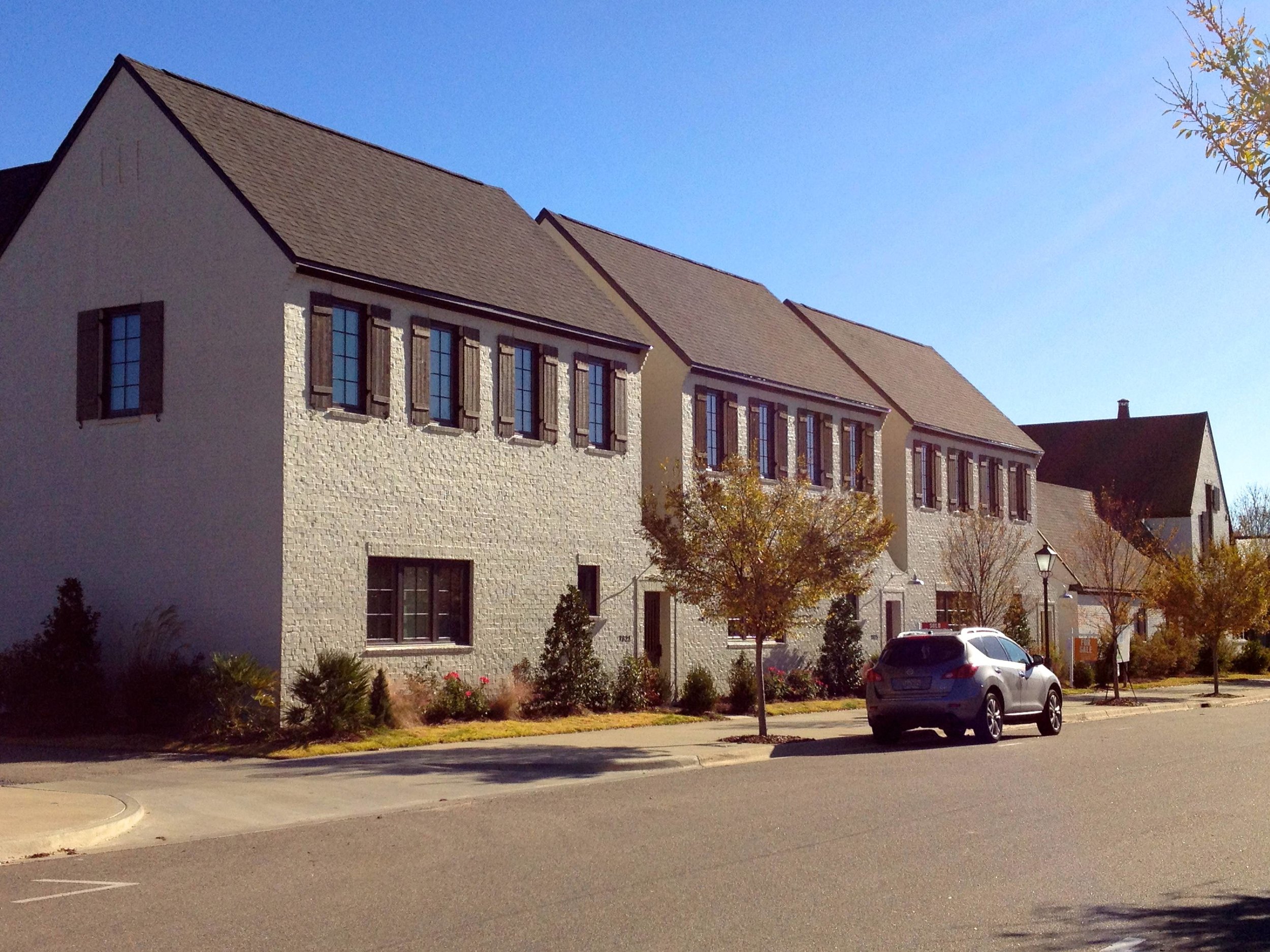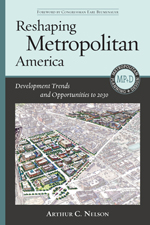 In the Fall of 2011 a number of folks active in the Congress for the New Urbanism gathered in Montgomery, Alabama to talk about how we might climb out of the smoking crater of the Financial Crisis and the worst Real Estate Recession in our lifetimes. Victor Dover and Andres Duany were quite vocal on the issue of scale, that it would be very important for urbanists to learn how to deliver good places with smaller pieces. I think this is still true. The Great Recession showed us just how vulnerable our enterprises were when big stuff suddenly stopped getting built and fee for service work dried up overnight.
In the Fall of 2011 a number of folks active in the Congress for the New Urbanism gathered in Montgomery, Alabama to talk about how we might climb out of the smoking crater of the Financial Crisis and the worst Real Estate Recession in our lifetimes. Victor Dover and Andres Duany were quite vocal on the issue of scale, that it would be very important for urbanists to learn how to deliver good places with smaller pieces. I think this is still true. The Great Recession showed us just how vulnerable our enterprises were when big stuff suddenly stopped getting built and fee for service work dried up overnight.
A 4 minute clip by Ben Brown of Victor Dover on the importance of using a smaller increment of development. (I don't think anyone else has made a better case since).
Ben's clip of me pitching why understanding development math would be a good thing for design and policy folks: https://www.youtube.com/embed/Cv0BcmaecGc">2011 Understanding the numbers .
If you are a small developer, by the time you approach someone to invest in your project you should have the fundamentals of the project worked out. You should know how the building will make more money that it will cost to build and operate. You should have confidence in your budget for what the hard and soft costs for the building should be and how long it will take to build and lease. You should have a good working theory on what the terms of the construction loan will be and how much equity will be required. You should know how much cash you are asking the investor to put at risk, when they will get that cash back and how much of a return the project can pay the investor as consideration for putting their cash at risk.
That is when the investor's cash becomes like plywood. Like plywood, capital is one of many things you need to build the project, which is available from a wide variety of sources. You should take care to use the right sort of plywood for the the task. Make sure you have communicated clearly with the lumberyard about the amount of plywood you need and when you need it. You should also be very clear on the particulars of what you are willing to pay for the plywood and when you will pay for the plywood. It's the same with capital. You want the right capital, good terms and good communication.
Frame the investment in the project as a business transaction. The investor is not making a loan, they are investing equity in the project and they will own a piece of the project until such time as the commitments you make to them are satisfied. Their capital is at risk. They could lose all of it if the project spins out of control and the bank, (who did make a loan) takes over the project and sells it to recover the money they loaned for construction. In consideration for taking the risk of losing their investment you are offering to pay the investor a Preferred Return. They get their initial cash investment back and they get stipulated rate of return on top of their investment before anyone else gets a distribution of the money the building makes. They get paid first. That's the prefered part. Once the investor's principal and Preferred Return has been paid out, a common deal structure is for the capital partner (investor) and the operating partner to divide the cash flow that the project generates. This split of the cash flow and the proceeds if the project is sold is established in the Partnership Agreement or the LLC Operating Agreement. A higher preferred return can be paid if the capital partner is being paid off and removed from the project and the operating partner hangs on to ownership of the project and the cash flow, or if the project is being refinanced or sold after rents and operating expenses can be demonstrated over a year or two and the property is considered "stabilized".
Investors will be comparing your project to other things they might invest in. They will weigh the risk and the return of your project while considering their other options for putting their capital to work. As the Operating Partner, it is the developer 's job to design the deal. It is important to be disciplined when you design a deal structure and to think about that structure being used for more than just one project. After a couple projects you will see that it is much better to have a fairly standardized approach to what you offer to an investor, rather than building every deal around an agreement that has been highly customized to the investor's needs. Consider the kind of capital and investors your project requires and go find that capital and investor on purpose. Make sure the interests of the project and the interests of the investor are aligned and that expectations are well communicated. The Operating Partner has the authority to replace the Investor's capital at any time, provided that the returns laid out in the agreement are met. You reserve the right to change plywood vendors when needed, provided that you pay what you promised.




